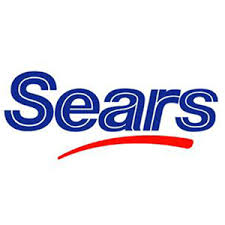Sears Spanish Inquisition
“All Spanish all the time” is the business strategy I have recommended to Sears in this blog a number of times. Once again, quarterly earnings are out for the Sears Holding Company (owner of Kmart) showing it is hemorrhaging money. You can’t continue to lose a billion plus a year and stay a viable business (listening Blackberry?).
Think about the country. Think about the state of retailing…with more and more sales conducted online and delivered via the mail and package carriers. Where does this leave Sears? And all retailers, for that matter. In need of bold moves. All Spanish speaking today, is a first-mover strategy. And frankly a no-brainer. If it doesn’t happen in 2014 it will happen at some point. If not Sears or Kmart, someone. The purchasing power of Spanish speaking Americans is too great. The growth rate of this segment of the pop. too great.
Sure stores will have to close. But the idea is solid. The market is solid and the move will have unexpected positive impact not only on the expense side of the ledge, but also the growth side…with new opportunities for other services hitting this massive part of the economy.
Edward S. Lampert, CEO, pull that Band Aid off right now. I smell a Fortune (cover) in it for you. Peace.








